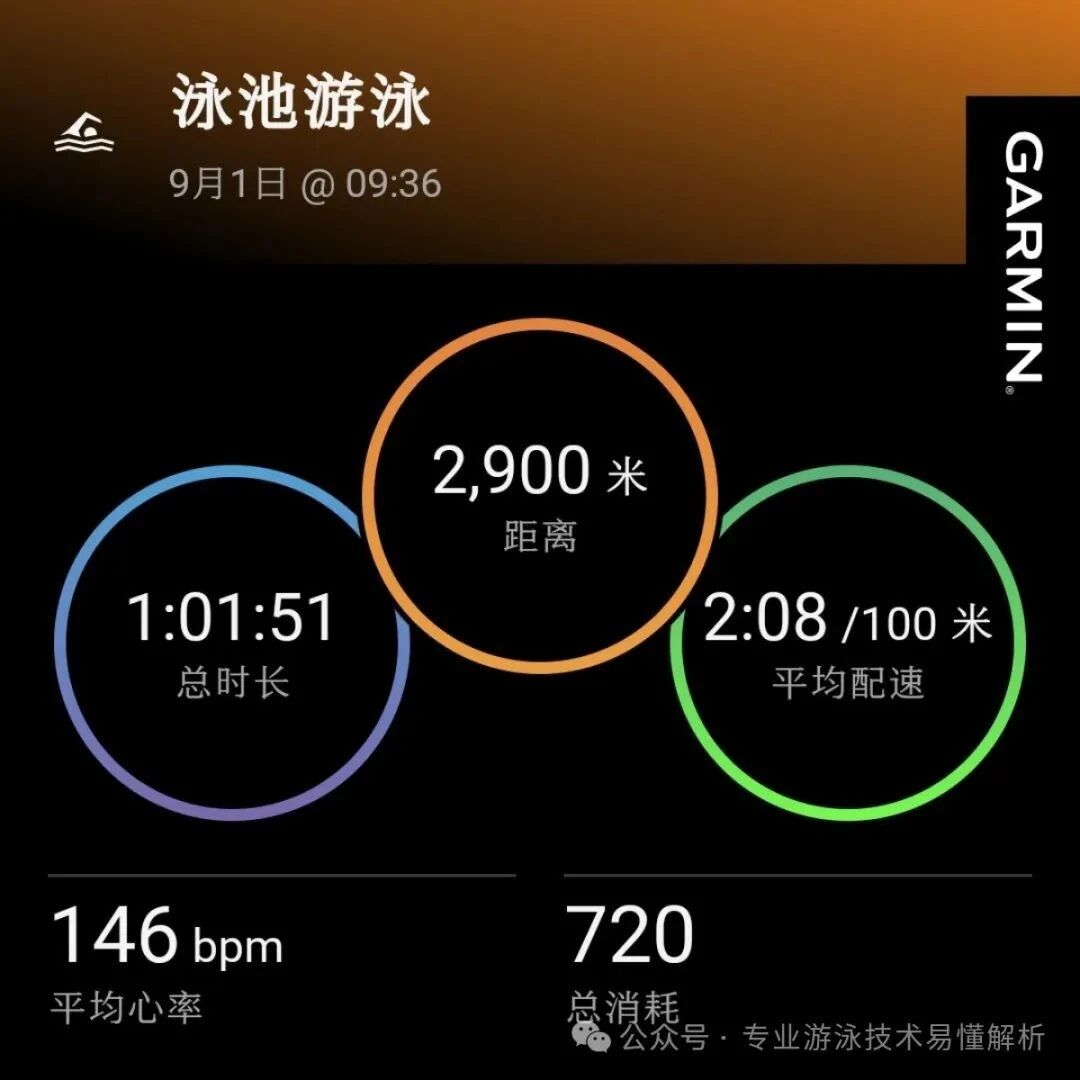Three essential stages in learning freestyle—practices that become more refined with consistent training.
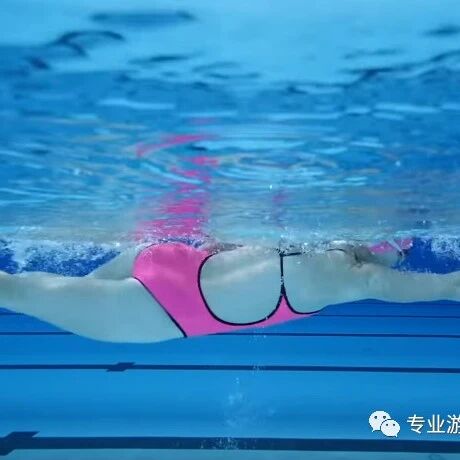
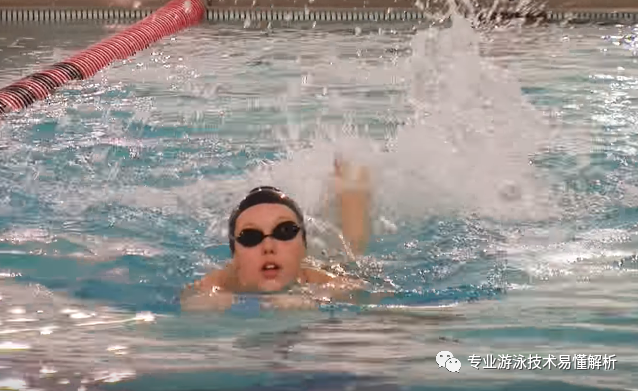
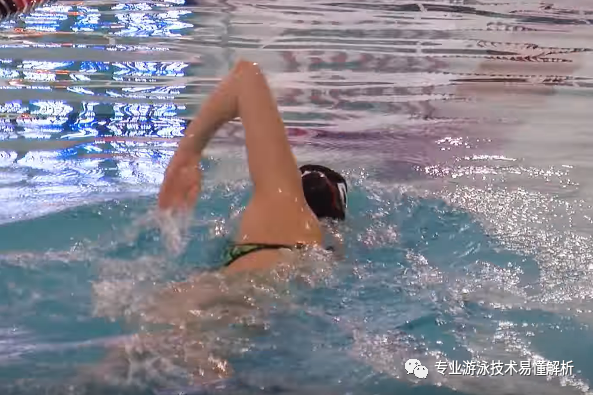
2. Single-sided swimming practice
When swimming freestyle, the body alternates side-to-side movements. These lateral rotations are best executed by coordinated motion of both the shoulder and hip joints. There are two key points to keep in mind regarding body rotation: First, the amplitude of the rotation should be just right—neither too shallow nor overly exaggerated. It shouldn’t fall below 15 degrees or exceed 45 degrees, ideally settling somewhere between these two limits, with the arm’s ability to smoothly transition into a high-elbow recovery position after exiting the water serving as your guide.
Practice has shown that when the high-elbow recovery movement is executed correctly, the underwater push phase can be significantly improved—though any differences may not be dramatic. Single-side swimming drills involve performing the entire sequence of movements (catch, pull, and recovery) on just one side of the body, while keeping the opposite arm either stationary, extended forward, or relaxed along the body’s side. The key to mastering this drill lies in maintaining a stable body axis during the high-elbow recovery, which requires the shoulder and hip joints to rotate as symmetrically as possible—and simultaneously keeps the core muscles engaged at an optimal level of tension.
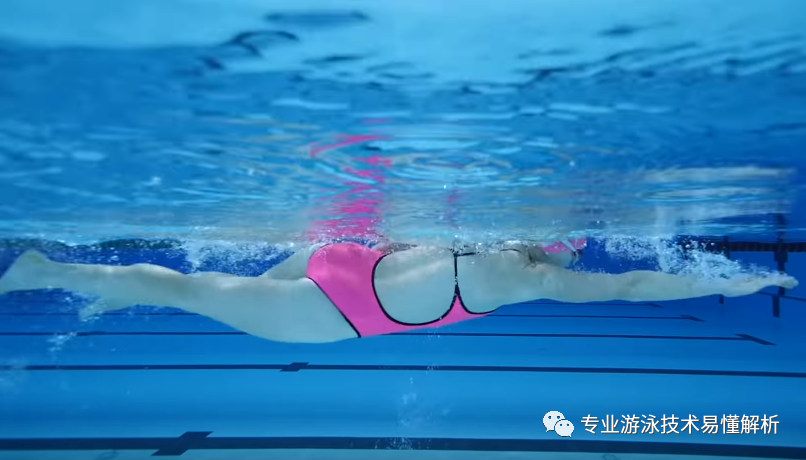
3. Hip Rotation and Glute Push-Up Exercise
Swimming speed is the combined result of stroke length and stroke frequency. For swimmers who maintain a consistent stroke length, increasing stroke frequency directly translates to faster swimming speeds. The key to boosting stroke frequency lies in improving the speed of your body's lateral rotation—or more specifically, the speed of your hip rotation. When practicing hip rotations, there are two crucial points to keep in mind: First, focus on feeling how the hip movement naturally drives your kicking motion; second, consciously engage your glutes by tightening and actively pressing them upward during the rotation. Enhancing the speed of your hip rotation will directly help increase your stroke frequency. As you perform these drills, make a deliberate effort to accelerate the pace of your hip turns. After the hip rotation initiates the kick, follow through with an upward hip movement—while simultaneously engaging your gluteal muscles, even lifting your hips slightly higher. This not only supports the next stroke but also provides optimal assistance for your upcoming pull.
These exercises aren’t just for freestyle beginners—swimmers with some experience can also use the three drills to identify areas and details in their technique that need improvement, helping them steadily enhance their swimming skills.
Related Articles
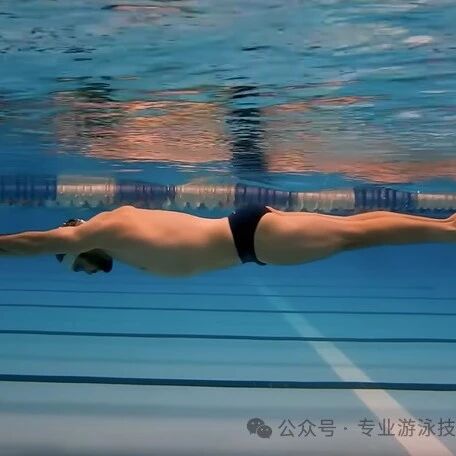
A Deep Dive into the Full-Immersion Swimming Concept: Strategies for Optimizing Power in Efficient Long-Distance Swimming

Don't get too fixated on the number of strokes—focus instead on improving your swimming skills with your own height as the target.
